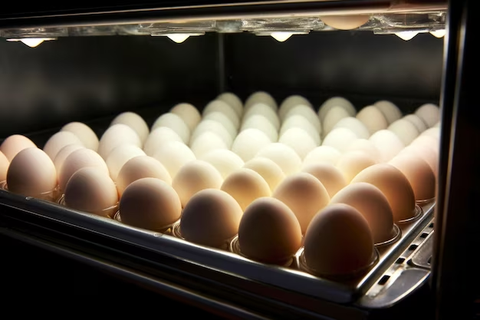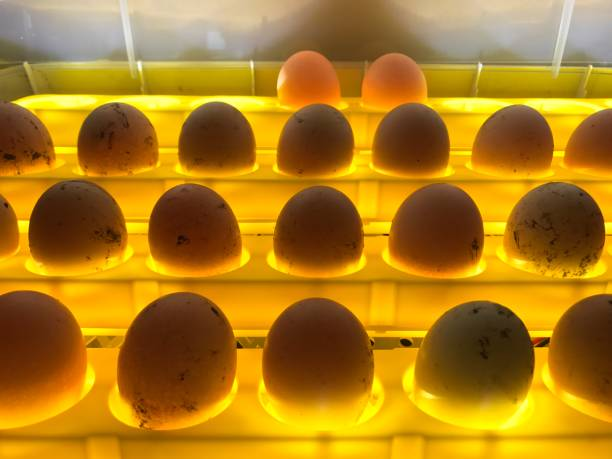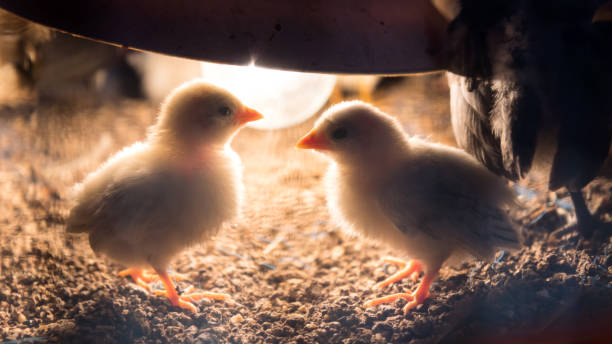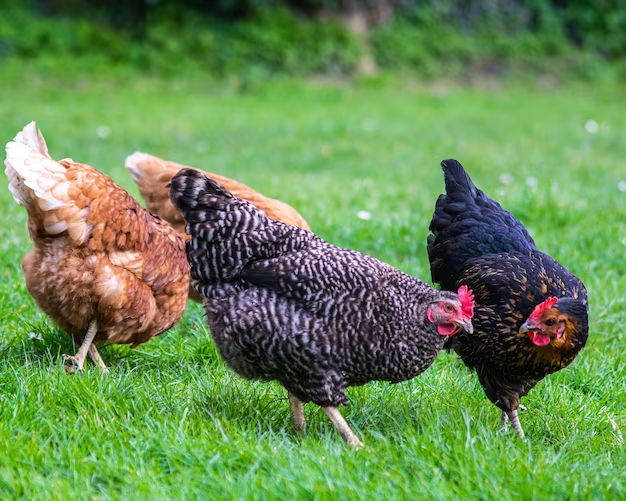Are you a backyard chicken enthusiast looking to hatch your own chicks? Having an egg incubator is a crucial tool for successful hatching. However, one of the key factors that can significantly impact the outcome is controlling humidity levels. In this blog post, we will explore the importance of humidity control in an egg incubator and provide you with effective tips and methods to ensure optimal results.
Why is Humidity Control Important in an Egg Incubator?

Controlling humidity in an egg incubator is vital for the healthy development and successful hatching of eggs. Maintaining the right level of humidity offers several benefits:
Prevention of Moisture Loss
Proper humidity levels help prevent excessive moisture loss from the eggs. If the humidity is too low, the eggs may dehydrate, leading to developmental issues. On the other hand, if the humidity is too high, condensation can occur, increasing the risk of contamination and impacting the viability of the eggs.
Aiding the Hatching Process
Adequate humidity levels help soften the eggshell, making it easier for the chicks to break through during hatching. It also aids in the development of the air sac inside the egg, which is crucial for the chick to breathe properly while pipping.
By understanding the significance of humidity control, you can ensure higher hatch rates and healthier chicks.
To achieve successful incubation, it is important to maintain the optimal humidity level in your egg incubator. The recommended humidity level for an egg incubator is typically around 50-55%. This range allows for the right amount of moisture in the air, preventing excessive evaporation or over-moistening of the eggs. Remember that maintaining the correct humidity level is crucial for the hatching success rate.
Methods to Control Humidity in an Egg Incubator

Now that we understand the importance of humidity control, let's explore some effective methods to regulate humidity in an egg incubator:
Adjust Ventilation
One of the simplest methods is to adjust the ventilation in the incubator. By increasing or decreasing the airflow, you can regulate the evaporation and thus the humidity levels inside the incubator. Monitor humidity constantly using a hygrometer and make necessary adjustments.
Water Trays or Humidifiers
Placing water trays or adding a humidifier within the incubator can increase humidity levels by allowing water to evaporate and moisten the air. This method is particularly effective in dry environments.
Temperature Adjustment
Although not directly affect humidity, adjusting the temperature can indirectly impact moisture levels. Lowering the temperature slightly reduces evaporation and decreases humidity. Conversely, increasing the temperature encourages evaporation and raises humidity. However, it is important to maintain the optimal temperature for egg incubation as well.
Proper Seal and Insulation
Ensure a proper seal and adequate insulation in the incubator to prevent excessive moisture loss. A well-sealed incubator helps maintain the desired humidity levels. Adequate insulation also contributes to better temperature and humidity control.
Remember that the specific combination of methods chosen may depend on factors such as the type of incubator, environmental conditions, and the specific requirements of the eggs being incubated. It is always a good idea to consult the manufacturer's guidelines or seek expert advice for the best results.
The Role of a Brooder Heating Plate in Humidity Control

Although a brooder heating plate primarily provides heat to the chicks after hatching, it indirectly aids in humidity control. Here's how:
Preventing Excess Moisture
When the chicks are moved into the brooder, they release heat and moisture through their respiration and waste. This release of moisture can increase humidity in the brooder. However, a well-designed brooder heating plate with proper ventilation can help prevent condensation and excessive moisture buildup.
Regulating Humidity
The heat generated by a brooder heating plate creates air movement, facilitating the evaporation of excess moisture. This airflow helps maintain optimal humidity levels in the brooder, preventing humidity from reaching excessively high levels.
The Benefits of Using a Brooder Heating Plate

Using a brooder heating plate in an egg incubator offers several benefits:
Providing Essential Heat
The primary benefit of a brooder heating plate is its ability to provide heat to the newly hatched chicks. This ensures their warmth and comfort, promoting healthy growth and development.
Indirectly Controlling Humidity
A well-designed brooder heating plate helps in indirectly controlling humidity levels by preventing excess moisture buildup. The heat generated by the plate creates air movement, facilitating the evaporation of excess moisture and ensuring optimal humidity for the chicks.
Ensuring Proper Ventilation
Proper ventilation, enabled by a brooder heating plate, helps regulate humidity levels by allowing for adequate air exchange. This reduces the chances of condensation and excessive moisture buildup.
However, it is important to note that a brooder heating plate should not be solely relied upon for humidity control. Proper humidity control during the incubation period is essential for the successful development of the embryos.
In conclusion, controlling humidity in an egg incubator is vital for the healthy development and successful hatching of chicks. By implementing effective methods such as adjusting ventilation, using water trays or humidifiers, and ensuring a proper seal and insulation, you can create optimal conditions for the eggs. Additionally, a brooder heating plate can indirectly help regulate humidity levels in the incubator while providing essential heat to the chicks. Remember, proper humidity control during the incubation period is crucial for higher hatch rates and healthier chicks.



Laisser un commentaire
Tous les commentaires sont modérés avant d'être publiés.
Ce site est protégé par hCaptcha, et la Politique de confidentialité et les Conditions de service de hCaptcha s’appliquent.